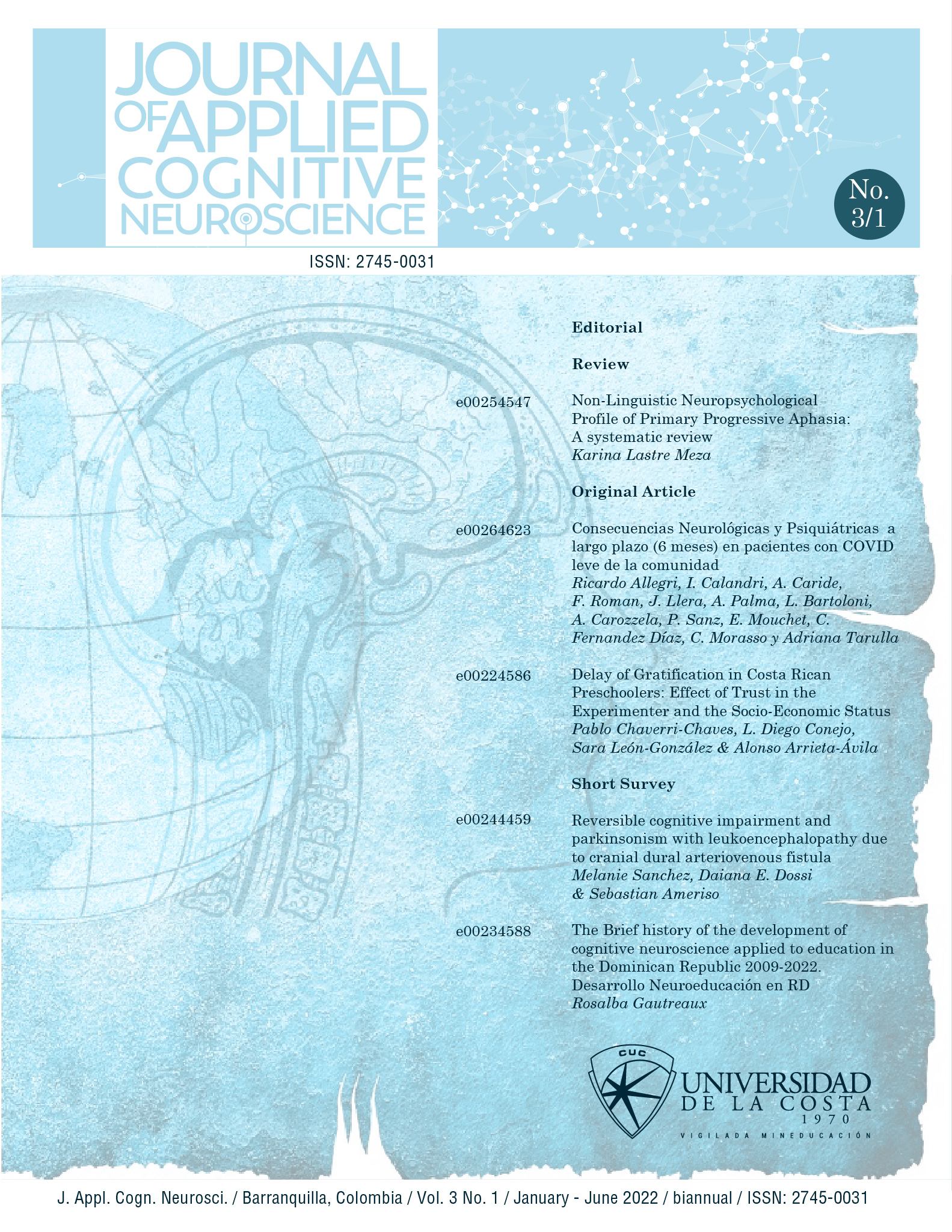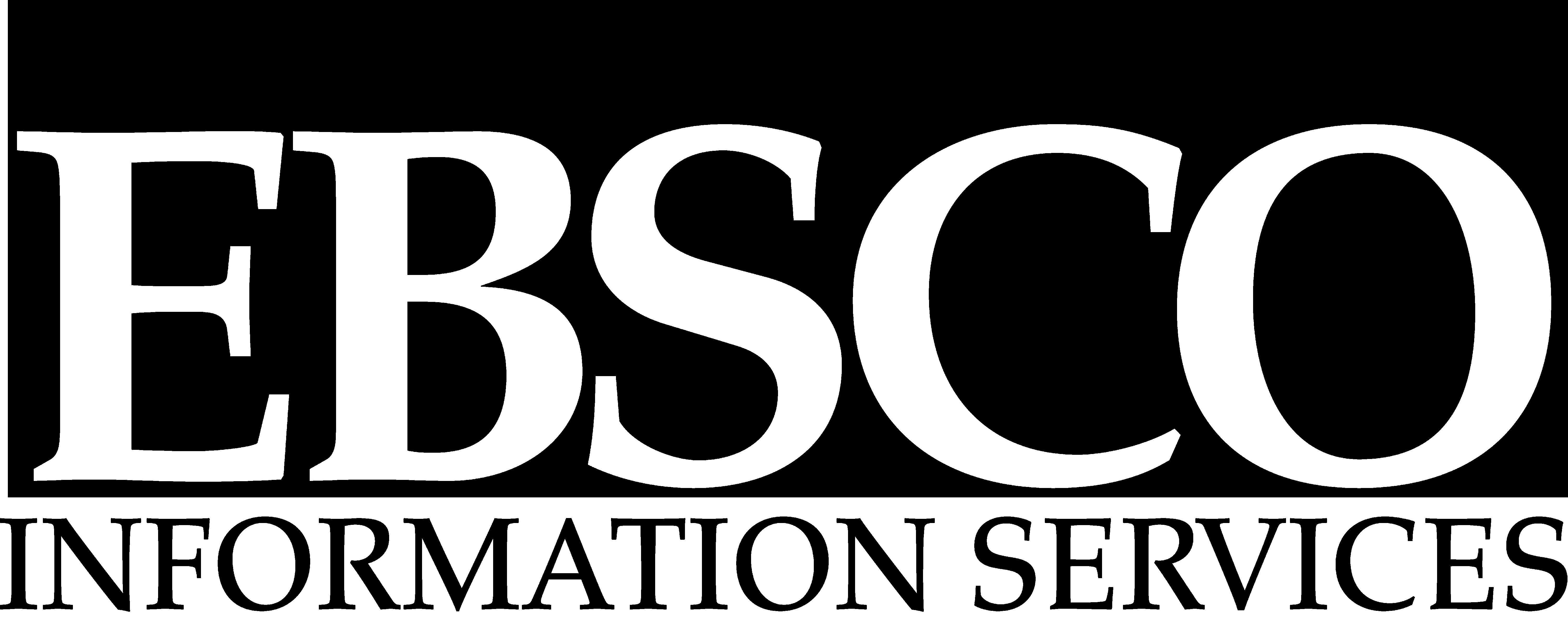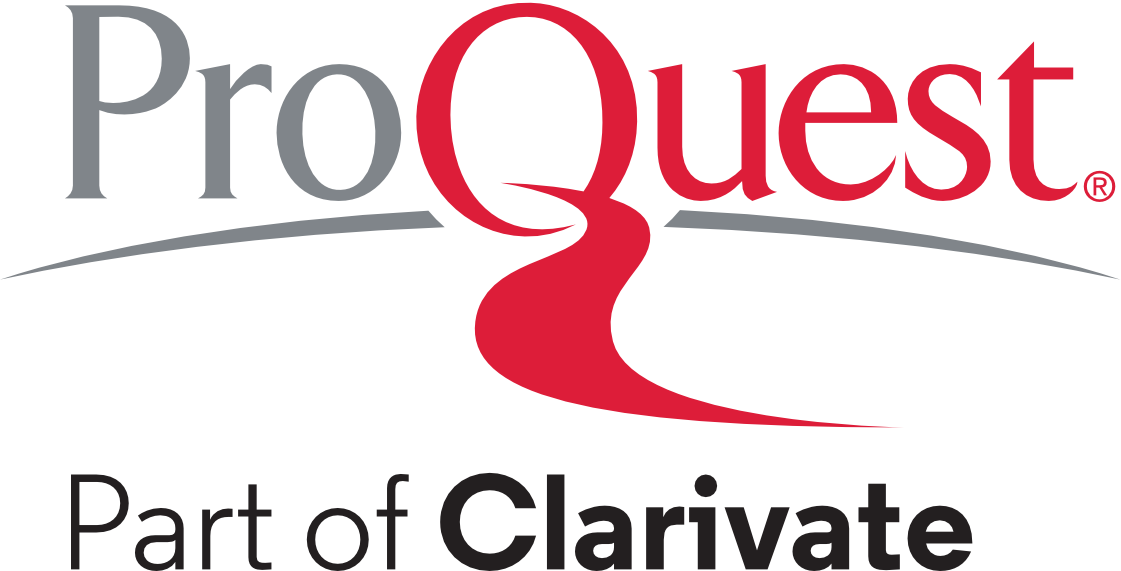Long-term (6 months) neurological and psychiatric consequences in mild COVID community patients
Consecuencias Neurológicas y Psiquiátricas a largo plazo (6 meses) en pacientes con COVID leve de la comunidad.
DOI:
https://doi.org/10.17981/JACN.3.1.2022.03Keywords:
post-COVID, síntomas neurológicos, psiquiátricos, long-COVID, COVID leve.Abstract
Long-term neurological complications of coronavirus infection have been described in the acute episode in hospitalized patients. 63% had fatigue and muscle weakness, 26% sleep disorders; 24% gait disorders and 23% anxiety and depression. The greater the severity of the acute episode, the greater the probability of long-term neurological symptoms. The objective of this work was to study the prevalence at 6 months in a cohort of mostly mild outpatients. 96 subjects with a mean age of 48 years, 54% women, and 86% mild outpatients were evaluated by means of a telephone interview. Of these, at 6 months, 32% of the population presented neurological or psychiatric symptoms. Anxiety (31%), Fatigue (26%), Mental fog (24%), Insomnia (22%), Depression (21%), Headache (19%) among others. Conclusions: In this work with subjects who suffered from mild COVID, neurological and psychiatric symptoms were still prominent as reported in acute severs ones.
Downloads
References
Allegri, R. F.; Roman, F. & Barceló, E. (2020). Towards the Journal of Applied Cognitive Neuroscience. Journal of Applied Cognitive Neuroscience, 1(1), 1–8.
https://doi.org/10.17981/JACN.1.1.2020.04
Beghi, E.; Giussani, G.; Westenberg, E.; Allegri, R.; Garcia-Azorin, D.; Guekht, A.; Frontera, J.; Kivipelto, M.; Mangialasche, F.; Mukaetova-Ladinska, E. B.; Prasad, K.; Chowdhary, N. & Winkler, A. S. (2022). Acute and post-acute neurological manifestations of COVID-19: present findings, critical appraisal, and future directions. Journal of Neurology, 269(5), 2265–2274.
https://doi.org/10.1007/s00415-021-10848-4
CABA. Ministerio de Salud. (s.f.). Actualización de los casos de coronavirus en la Ciudad [Base de datos].
Calandri, I.; Hawkes, M. A.; Marrodan, M.; Ameriso, S. F.; Correale, R. F. & Allegri, R. F. (2020). The impact of an early strict nationwide lockdown on the pattern of consultation for neurological diseases. Journal of the Neurological Sciences, 418, 1–22.
https://doi.org/10.1016/j.jns.2020.117084
Calandri, I. L.; Hawkes, M. A.; Marrodan, M.; Ameriso, S. F.; Correale, J. & Allegri, R. F. (2021). Changes in the Care of Neurological Diseases During the First Wave of the COVID-19 Pandemic: A Single Private Center Study in Argentina. Frontiers Neurology, 12, 1–8.
https://doi.org/10.3389/fneur.2021.613838
CDC. (2022, Dec. 16). Long COVID or Post-COVID Conditions.
https://www.cdc.gov/coronavirus/2019-ncov/long-term-effects/index.html
Cohen, G.; Russo, M. J.; Campos, J. A. & Allegri, R. F. (2020a). COVID-19 Epidemic in Argentina: Worsening of Behavioral Symptoms in Elderly Subjects with Dementia Living in the Community. Frontiers Psychiatry, 11, 1–10.
https://doi.org/10.3389/fpsyt.2020.00866
Crivelli, L., Calandri, I., Corvalán, N., Carello, M. A., Keller, G., Martínez, C., Arruabarrena, M. & Allegri, R. (2022a). Cognitive consequences of COVID-19: results of a cohort study from South America. Arquivos Neuropsiquiatria, 80(3), 240–247.
https://doi.org/10.1590/0004-282x-anp-2021-0320
Crivelli, L., Palmer, K., Calandri, I., Guekht, A., Beghi, E., Carroll, W., Frontera, J., García-Azorín, D., Westenberg, E., Winkler, A. S., Mangialasche, F., Allegri, R. F. & Kivipelto, M. (2022b). Changes in cognitive functioning after COVID-19: A systematic review and meta-analysis. Alzheimers Dement, 18(5), 1047–1066.
https://doi.org/10.1002/alz.12644
Cohen, G.; Russo, M. J.; Campos, J. A. & Allegri, R. F. (2020b). Living with dementia: increased level of caregiver stress in times of COVID-19. International Psychogeriatrics, 30, 1–5.
https://doi.org/10.1017/S1041610220001593
Dos Santos, L. V.; Calandri, I.; Slachevsky, A.; Graviotto, H. G.; Santos, M. C.; Bezerra, C.; Rossettih, A.; Generoso, A. B.; Carmona, K.; Cardoso, L. A.; Sorbara, M.; Pinto, A.; Guajardo, T.; Olavarria, L.; Thumalac, D.; Crivelli, L.; Vivas, L.; Allegri, R. F.; Tonidan, M.; Serrano, C.; Miranda-Castillo, C. & Caramelli, P. (2021). Impact of Social Isolation on People with Dementia and Their Family Caregivers. Journal of Alzheimer’s Disease, 81(2), 607–617.
https://doi.org/10.3233/jad-201580
Helms, J.; Kremer, S.; Merdji, H.; Clere-Jehl, R.; Schenck, M.; Kummerlen, C.; Collange, O.; Boulay, C.; Fafi-Kremer, S.; Ohana, M.; Anheim, M. & Meziani, F. (2020). Neurologic features in severe SARS-CoV-2 infection. The New England Journal of Medicine, 382(23), 2268–2270.
https://doi.org/10.1056/NEJMc2008597
Henry, J.; Smeyne, R. J.; Jang, H.; Miller, B. & Okun, M. S. (2010). Parkinsonism and neurological manifestationsof influenza throughout the 20th and21st centuries. Parkinsonism & Related Disorders, 16(9), 566–571.
https://doi.org/10.1016/j.parkreldis.2010.06.012
Huang, C.; Huang, L.; Wang, Y.; Li, X.; Ren, L.; Gu, X.; Kang, L.; Guo, L.; Liu, M.; Zhou, X.; Luo, J.; Huang, Z.; Tu, S.; Zhao, Y.; Chen, L.; Xu, D.; Li, Y.; Li, C.; Peng, L.; Li, Y.; Xie, W.; Cui, D.; Shang, L.; Fan, G.; Xu, J.; Wang.; Wang.; Zhong.; Wang.; Wang, J.; Zhang, D. & Cao, B. (2021). 6-month consequences of COVID-19 in patients discharged from hospital: a cohort study. Lancet, 397(10270), 220–232.
https://doi.org/10.1016/S0140-6736(20)32656-8
Kim, J. E.; Heo, J. H.; Kim, H. O.; Song, S. H.; Park, S. S.; Park, T. H.; Ahn, J. Y.; Kim, M. K. & Choi, J. P. (2017). Neurological complications during treatment of Middle East respiratorysyndrome. Journal of Clinical Neurology, 13(3), 227–233.
https://doi.org/10.3988/jcn.2017.13.3.227
Lee, N.; Hui, D.; Wu, A.; Chan, P.; Cameron, P.; Gavin, M.; Ahuja, A.; Yung, M. Y.; Leung, C. B.; To, K. F.; Lui, S. F.; Szeto, C. C.; Chung, S. & Sung, J. J. (2003). A major outbreak of severe acute respiratory syndrome in Hong Kong. The New England Journal of Medicine, 348, 1986–1994.
https://doi.org/10.1056/nejmoa030685
Li, Y. C.; Bai, W. Z. & Hashikawa, T. (2020a). The neuroinvasive potential of SARS-CoV2 may be at least partially responsible for the respiratory failure of COVID-19 patients. Journal of medical virology, 92(6), 552–555.
https://doi.org/10.1002/jmv.25728
Li, Y.; Li, M.; Wang, M.; Zhou, Y.; Chang, J.; Xian, Y.; Wang, D.; Mao, L.; Jin, H. & Hu, B. (2020b). Acute cerebrovascular disease following COVID-19: A single center, retrospective, observational study. Stroke and Vascular Neurology, 5(30), 279–284.
https://doi.org/10.1136/svn-2020-000431
Matias-Guiu, J. A.; Sung, S. F.; Hsieh, C. Y.; Nezu, T.; Porta-Etessam, J. & Allegri, R. F. (2021). Editorial: Consequences of the COVID-19 Pandemic on Care for Neurological Conditions. Frontiers Neurology, 12, 1–3.
https://doi.org/10.3389/fneur.2021.788912
Misra, S.; Kolappa, K.; Prasad, M.; Radhakrishnan, D.; Thakur, K.; Solomon, T.; Michael, B. D.; Winkler, A. S.; Beghi, E.; Guekht, A.; Pardo, C. A.; Wood, G. K.; Chou, S. H.-Y.; Fink, E. L.; Schmutzhard, E.; Kheradmand, A.; Hoo, F. K.; Kumar, A.; Das, A.; Srivastava, A. K.; Agarwal, A.; Dua, T. & Prasad, K. (2021). Frequency of neurological manifestations in COVID-19: a systematic review and meta-analysis. Neurology, 97(23), e2269–e2281.
https://doi.org/10.1212/wnl.0000000000012930
Nersesjan, V.; Amiri, M.; Lebech, A.; Roed, C.; Mens, H.; Russell, L.; Fonsmark, L.; Berntsen, M.; Sigurdsson, S. T.; Carlsen, J.; Langkilde, A. R.; Martens, P.; Lund, E. L.; Hansen, K.; Jespersen, B.; Folke, M. N.; Meden, P.; Hejl, A.; Wamberg, C.; Benros, M. E. & Kondziella, D. (2021). Central and peripheral nervous system complications of COVID-19: a prospective tertiary center cohort with 3-month follow-up. Journal of Neurology, 268(9), 3086–3104.
https://doi.org/10.1007/s00415-020-10380-x
Premraj, L., Kannapadi, N. V., Briggs, J., Seal, S. M., Battaglini, D., Fanning, J., Suen, J., Robba, C., Fraser, J., Cho, S. M. (2022). Mid and long-term neurological and neuropsychiatric manifestations of post-COVID-19 syndrome: A meta-analysis. Journal of the Neurologycal Sciences, 434, 1–8.
https://doi.org/10.1016/j.jns.2022.120162
República Argentina. Ministerio de Salud. (s.f.). Sala de Situación [Base de datos].
https://www.argentina.gob.ar/coronavirus/informes-diarios/sala-de-situacion
Saad, M.; Omrani, A. S.; Baig, K.; Bahloul, A.; Elzein, F.; Matin, M. A.; Selim, M. A. A.; Mutairi, M. A.; Nakhli, D. A.; Aidaroos, A. Y. A.; Sherbeeni, N. A.; Al-Khashan, H. I.; Memish, Z. A. & Albarrak, A. M. (2014). Clinical aspects and outcomes of 70 patients with Middle East respiratorysyndrome coronavirus infection: asingle-center experience in Saudi Arabia. International Journal of Infectious Diseases, 29, 301–306.
https://doi.org/10.1016/j.ijid.2014.09.003
Stefano, G. B.; Ptacek, R.; Ptackova, A.; Martin, A. & Kream, R. M. (2021). Selective Neuronal Mitochondrial Targeting in SARS-CoV-2 Infection Affects Cognitive Processes to Induce ‘Brain Fog’ and Results in Behavioral Changes that Favor Viral Survival. Med Sci Monit, 27, 1–4.
https://doi.org/10.12659/MSM.930886
Taquet, M.; Geddes, J.; Husain, M.; Luciano, S. & Harrison, P. J. (2021). 6-month neurological and psychiatric outcomes in 236379 survivors of COVID-19: a retrospective cohort study using electronic health records. The Lancet Psychiatry, 8, 416–427.
https://doi.org/10.1016/S2215-0366(21)00084-5
Tsai, L.-K.; Hsieh, S.-T. & Chang, Y.-C. (2005). Neurological manifestationsin severe acute respiratory syndrome. Acta Neurologica Taiwanica, 14(3), 113–119.
http://www.ant-tnsjournal.com/Mag_Files/14-3/14-3_p113.pdf
Varga, Z.; Flammer, A. J.; Steiger, P.; Haberecker, M.; Andermatt, R.; Zinkernagel, A. S.; Mehra, M. R.; Schuepbach, R. A.; Ruschitzka & F., Moch, H. (2020). Endothelial cell infection and endotheliitis in COVID-19. Lancet, 395(10234), 1417–1418.
https://doi.org/10.1016/S0140-6736(20)30937-5
Xu, J., Zhong, S.; Liu, J.; Li, L.; Li, Y.; Wu, X.; Zhijie, L.; Deng, P.; Zhang, J.; Zhong, N.; Ding, Y. & Jiang, Y. (2005). Detection of severe acute respiratory syndrome coronavirus in the brain: potential role of the chemokine Mig in pathogenesis. Clinical Infectious Diseases, 41(8), 1089–1096.
https://doi.org/10.1086/444461
WHO. (s.f.). Who Coronavirus (COVID-19) Dashboard [Database].
WHO. (2021a). Scientific brief: Neurology and COVID-19. Scientific brief 29 September 2021. WHO.
https://www.who.int/publications/i/item/WHO-2019-nCoV-Sci-Brief-Neurology-2021.1
WHO. (2021b). A clinical case definition of post COVID 19 conditions by a Delphi consensus, 6 October 2021. WHO.
https://apps.who.int/iris/handle/10665/345824
WHO. (2021c). Living guidance for Clinical management of COVID-19. Living guidance 23 november 2021. WHO.
https://apps.who.int/iris/bitstream/handle/10665/349321/WHO-2019-nCoV-clinical-2021.2-eng.pdf
WHO. (2022). Strategy for bulding resilent health systems and post-COVID Pandemic Recovery to sustain and protect health gains. PAHO.
Published
How to Cite
Issue
Section
License
Copyright (c) 2022 Journal of Applied Cognitive Neuroscience

This work is licensed under a Creative Commons Attribution-NonCommercial-NoDerivatives 4.0 International License.
You are free to:
- Share — copy and redistribute the material in any medium or format.
- The licensor cannot revoke these freedoms as long as you follow the license terms.
Under the following terms:
- Attribution — You must give appropriate credit, provide a link to the license, and indicate if changes were made. You may do so in any reasonable manner, but not in any way that suggests the licensor endorses you or your use.
- NonCommercial — You may not use the material for commercial purposes.
- NoDerivatives — If you remix, transform, or build upon the material, you may not distribute the modified material.
- No additional restrictions — You may not apply legal terms or technological measures that legally restrict others from doing anything the license permits.


 English
English
 Español (España)
Español (España)










